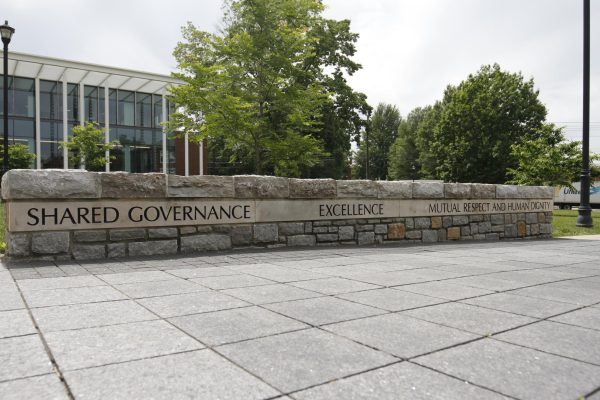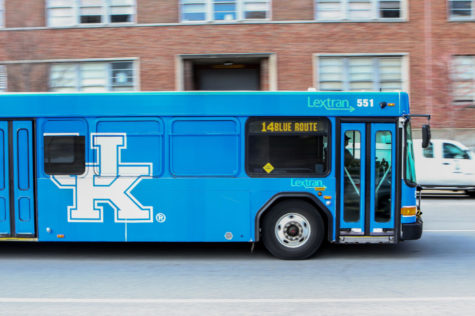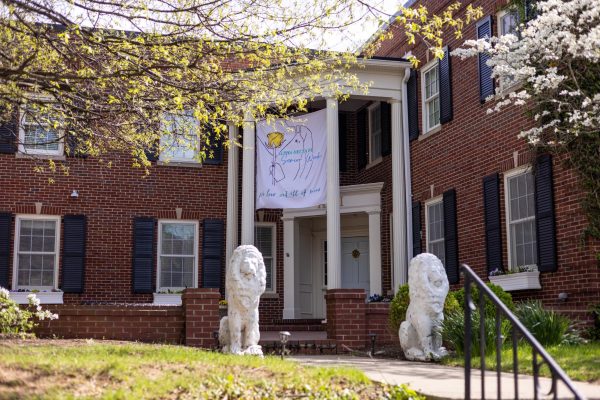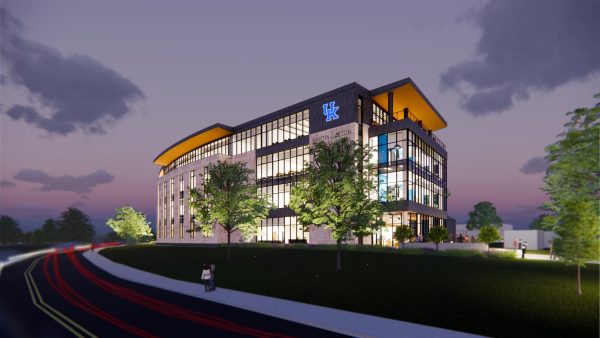Solar house team calls for bright ideas
February 8, 2008
You don’t need to be an architect or an engineer to work toward a greener future — you just need ideas.
Now through Feb. 18, UK’s Smart Blues House project will be accepting ideas for its entry in a national competition to build an attractive and energy-efficient solar house.
“What we’re hoping is that (the ideas) span the spectrum,†said Gregory Luhan, an associate architecture professor who is working with the project. “I’m expecting my 5-year-old daughter to submit a drawing.â€
Getting input is the first step of UK’s preparation to compete in the U.S. Department of Energy 2009 Solar Decathalon, a competition in which 20 teams design, build and operate a house completely powered on solar energy. The teams will participate in a weeklong competition and exhibition in Washington, D.C., in October 2009.
Suggestions were already coming in from across campus at the kickoff of the project’s idea-gathering phase yesterday, Luhan said.
“It really shouldn’t be designers on one side and engineers on the other and everyone else somewhere in the middle,†Luhan said. “We’re looking for collaboration.â€
Design is the first phase in a program that will take about 18 months to complete. The design is scheduled to be finished by the end of 2008, and the house is slated to be built by the end of the Spring 2009 semester.
The College of Design currently has classes focused specifically around sustainable architecture, and others incorporate sustainable architecture into their programs.
“I just think it’s the direction we have to go,†said Jacinda Haynes, an architecture sophomore in a studio class focused on sustainable design. “If you don’t think of green architecture as a way of life, a lifestyle, it’s all for nothing.â€
A class in the College of Design is also focused on creating, designing and building the solar-powered house for the 2009 Solar Decathalon.
“I feel, as I think other people should feel, a sense of responsibility not just for my immediate community but for the global community as well,†said James Crowley, an architecture graduate student in the class.
Ideas for the project can be on a specific field, or they can be general suggestions, Luhan said. One goal, he said, is to get the same sense of place he felt when he moved here from New York.
“I wanted to discover Kentucky, so I went out and drove in my Jeep and I found houses, buildings, architecture,†Luhan said. “With the Solar Decathalon, we have the opportunity to do that and bring our ideas to the world.â€
People interested in the Solar Decathalon can visit the program’s Web site (www.uky.edu/solarhouse/) to find out about the project and how to participate.



















































































































































